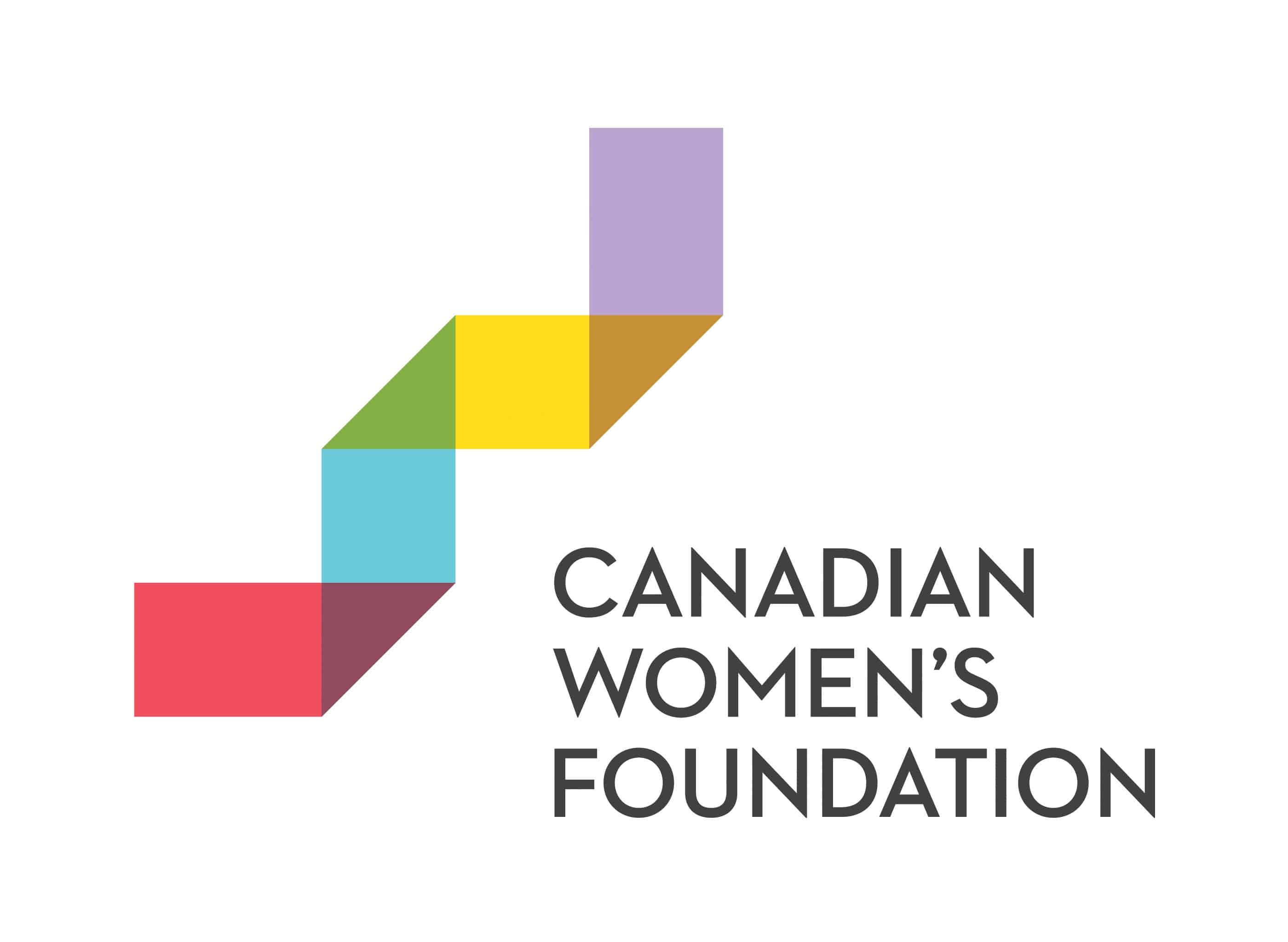10 Reasons Violence Against Women is Still a Problem in Canada
 In May, a wildfire engulfed Fort McMurray, Alberta, and thousands of people were evacuated as the flames scorched forests and homes in its path. In response, people from coast to coast demonstrated the kindness Canadians are famous for.
In May, a wildfire engulfed Fort McMurray, Alberta, and thousands of people were evacuated as the flames scorched forests and homes in its path. In response, people from coast to coast demonstrated the kindness Canadians are famous for.
The crisis came at a difficult time in Alberta—the province has been struggling to deal with a recession for months. As the fire died down, another disturbing story emerged: domestic violence has been on the rise in Calgary.
Police believe that the stress of the province’s economic slump and subsequent job loss has exacerbated the problem. Alarmingly, research also shows that violence between partners can increase following a natural disaster. After Hurricane Katrina, violence between partners rose by 98%. In unstable conditions, shelters may be forced to close, making women increasingly vulnerable to violence.

 The city of London, England is famous for its
The city of London, England is famous for its  Canada turns another year older tomorrow. We’ll celebrate by dressing up in red and white and gasping at fireworks as they explode in the sky. Canada Day is an exciting reminder of how far this country has progressed in the last 149 years. Yet despite the significant steps forward, women still haven’t reached true gender equality. In 2015, Canada was ranked 30th on the
Canada turns another year older tomorrow. We’ll celebrate by dressing up in red and white and gasping at fireworks as they explode in the sky. Canada Day is an exciting reminder of how far this country has progressed in the last 149 years. Yet despite the significant steps forward, women still haven’t reached true gender equality. In 2015, Canada was ranked 30th on the  What would you do if you found out your grandmother had been hurt by another family member? Or you saw your elderly neighbour being yelled at by her caregiver?
What would you do if you found out your grandmother had been hurt by another family member? Or you saw your elderly neighbour being yelled at by her caregiver?

